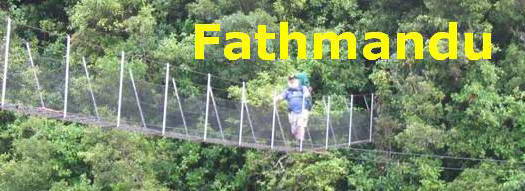
Many thanks for permission to use graphics from their software and toposheets |
 |
|
Aristotelia serrata (J. R. et G. Forst.) W. R. B. Oliver in T.N.Z.I. 53, 1921, 365. (Elaeocarpaceae)Synonyms Dicera serrata J.R. et G. Forst. Char. Gen. Pl. 1776, 80. Derivation: Aristotelia = in honour of Aristotle; serrata = with serrated leaf margins. (Note the Maori name, Makomako. Mako is the Maori name for shark, and the serrations here could well have recall the teeth of a mako.) Makomako, Wineberry, Mokomoko, New Zealand CurrantAn internet search will still reveal a large number of references to this tree as A. racemosa. It is dioecious, ie, some plants are male and some are female, but until I visited the West Coast of the South Island I had never seen a wineberry actually in berry. Salmon describes this tree as one of the graceful small trees of our forest and I agree. Laing and Blackwell call it "handsome". They go on: "Its graceful plumes of rosy flowers make it one of the most attractive objects of the bush in spring. The red-brown undersurfaces of its leaves flash into view with every breath of wind, andf the memory of their beauty ios one of the pleasantest recollections of the lover of the New Zealand bush." The berries are edible The nearest relations of this plant are American, and L&B speculate on some long-past American botanical connection. The wood is white, and was once used in preparing charcoal for gunpowder. It is also used in cabinet-making
The leaves, bright green on top, often have a reddish tinge underneath. They are especially common in the forest around Waihaha on the western side of Lake Taupo.
I note that Salmon's photo of the berries has them almost cherry black. Poole and Adams list the berries as "red or black". Information from New Zealand FloraFamily: Elaeocarpaceae Genus: Aristotelia Species: Aristotelia serrata |
|